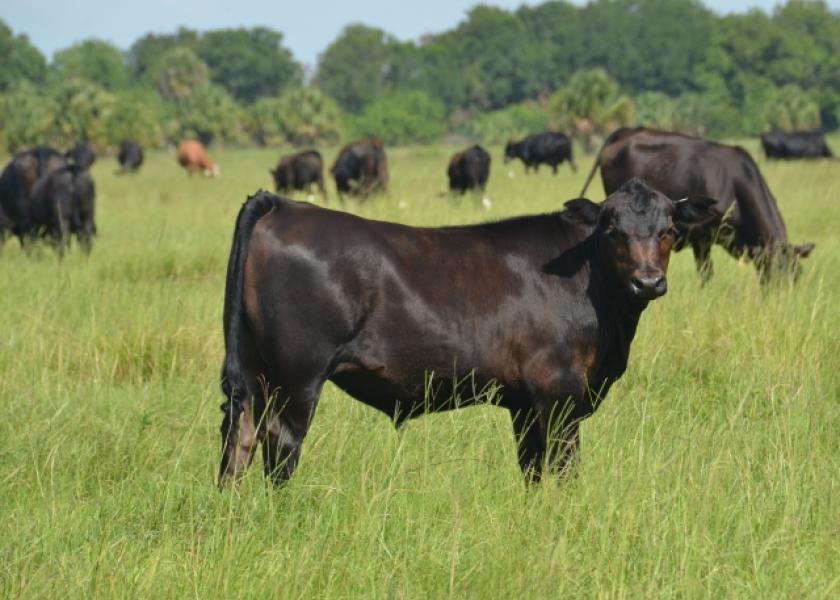Increase Adaptability Through Use of Hair Shedding EPDs

“Hair shedding is linked to milk production, reproduction and possibly animal welfare. Hair shedding is easy to collect and predict so it may play a role in selecting genetics with an improved adaptability to heat stresses,” said Jared Decker, University of Missouri associate professor. He gave his presentation “A Piece of the Adaptability Puzzle: Multi-breed Hair Shedding Genetic Effects and EPD” during the Beef Improvement Federation (BIF) Symposium June 23 in Des Moines, Iowa.
Cow efficiency and adaptability is a multi-pronged and complicated puzzle. Researchers have pursued the identification of local adaptation and region-specific genomic predictions in beef cattle using hair shedding scores as an indicator of tolerance to heat stress. Hair shedding scores measure how early the winter hair is shed off in the spring and summer. Cattle tend to shed their winter hair from front to back and top to bottom. Ideally cattle should be scored late spring or early in the summer where there is a bell-shaped curve of the scores.
Researchers have collected nearly 37,000 scores on just more than 13,000 cattle through a U.S. Department of Agriculture (USDA) funded project. Dams with lower hair shedding scores tend to wean heavier calves. Hair shedding is a moderately heritable trait with heritability estimates ranging from 0.32 to 0.41. The repeatability for the trait was not much higher than the heritability. There were differences when comparing breeds, but within a breed there was more variability than between breeds and the bell curve across the breeds overlaps.
“Within each breed, we have some animals that are breed improvers and some animals that will be problems relative to shedding,” Decker explained.
Decker used a genotype by environment wide association study and found several regions of the genome that were significant when they looked at day length as a trigger for shedding, while no regions were significant when looking at temperature differences. The research suggests that the genetic control of shedding may be linked to day length rather than temperature. Age also influences hair shedding, where younger cows have higher scores than older cows.
“Nutrition may play a role in shedding, particularly in the younger cows, and body condition scores should be collected at the time of hair shedding scores,” Decker recommended.
To watch Decker’s full presentation, visit https://youtu.be/NHaShbwYmgA. For more information about this year’s Symposium and the Beef Improvement Federation, including additional presentations and award winners, visit BIFSymposium.com.







